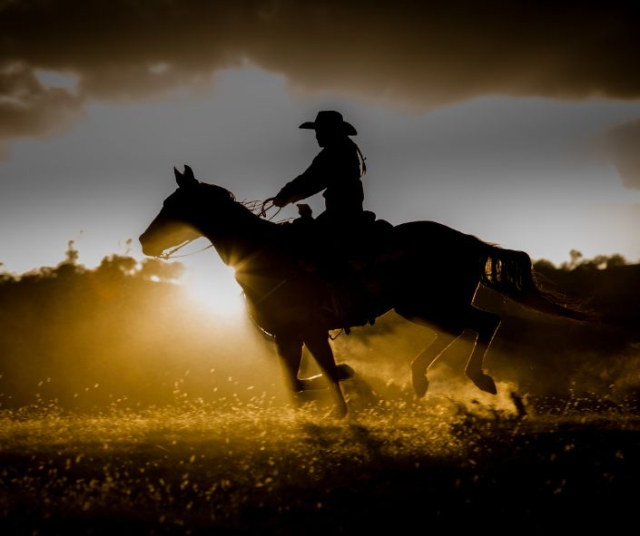El Día del Charro is an emblematic celebration in Mexico that honors the tradition and legacy of the charros, the Mexican horsemen who are experts in horsemanship and charrería. This holiday, which is celebrated on September 14, is a tribute to Mexican culture and folklore.
It might interest you: Calendar September 2023 - Mexico
Día del Charro has its roots in colonial Mexico , when criollo hacendados and ranchers owned vast tracts of land and cattle. Skilled horsemen and ranch workers, charros played a vital role in managing cattle and preserving equestrian traditions.
The holiday was officially instituted on September 14, 1934, in honor of the centenary of the heroic deed of the Niños Héroes in the defense of Chapultepec Castle during the US invasion in 1847. Since then, Día del Charro has become a day to pay homage to patriotic values and the passion for charrería.
The traditions and ceremonies of the Day of the Charro
During this day, various traditions and ceremonies are held that reflect the rich Mexican culture and folklore. One of the main celebrations is the charro parade, in which riders dressed in their typical costumes ride horses and parade through the streets, displaying their equestrian skill and elegance. Charro suits are known for their beauty and handcrafted details, and represent an important part of the Mexican charro identity.
Another outstanding tradition is the realization of charrería competitions, where the charros demonstrate their skills in different equestrian disciplines, such as the horse cove, the coleadero and bull riding. These competitions are a true show of skill, strength and bravery, attracting thousands of spectators from all over the country. In addition to the competitions, cultural and artistic events are held that highlight music, dance and traditional Mexican cuisine. Mariachis, folkloric dancing and typical dishes are inseparable elements of the Día del Charro celebration, creating a festive atmosphere full of tradition.
The preservation of charrería and its cultural value
Charrería , recognized as an Intangible Cultural Heritage of Humanity by UNESCO , is a unique equestrian discipline that represents Mexican identity and folklore. Charro Day is a reminder of the importance of preserving and promoting this ancient tradition. Efforts are made to transmit the knowledge and techniques of charrería to the new generations, through charrería schools, associations and educational events.
Charrería is not only a sport and a form of entertainment, but it is also an expression of national identity and a symbol of Mexican pride. Charros are renowned for their skill, dexterity, and bravery, and have become an icon of Mexican culture throughout the world.
El Día del Charro has a significant impact both socially and economically in Mexico . The celebration fosters a sense of community and patriotic pride, bringing families and friends together to enjoy the festivities. In addition, it promotes national and international tourism, since thousands of people travel to different parts of the country to witness the parades, competitions, and cultural activities. Likewise, it boosts the local economy, since it generates income for merchants, restaurants, hotels and companies related to the equestrian industry. The sale of charro suits, equestrian equipment and typical handicrafts also benefit during this festivity.
Despite the cultural importance and deep roots of charrería in Mexican society, this tradition faces challenges today. The loss of spaces for the practice of charrería, the lack of government support and the decrease in the participation of young people are some of the challenges that this equestrian discipline faces.
However, there are also opportunities to strengthen and promote charrería. It is essential to continue promoting education and the transmission of knowledge to the new generations, as well as promoting the participation of women in this traditionally masculine sport. In addition, promotion and dissemination strategies can be developed to increase interest and participation in charrería both nationally and internationally.
